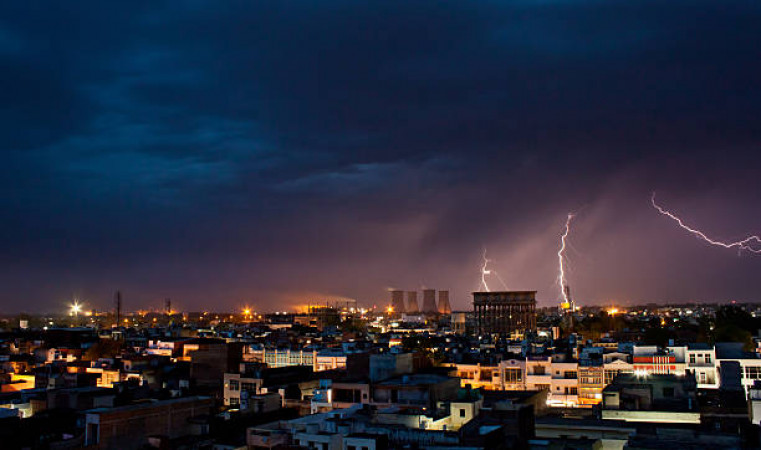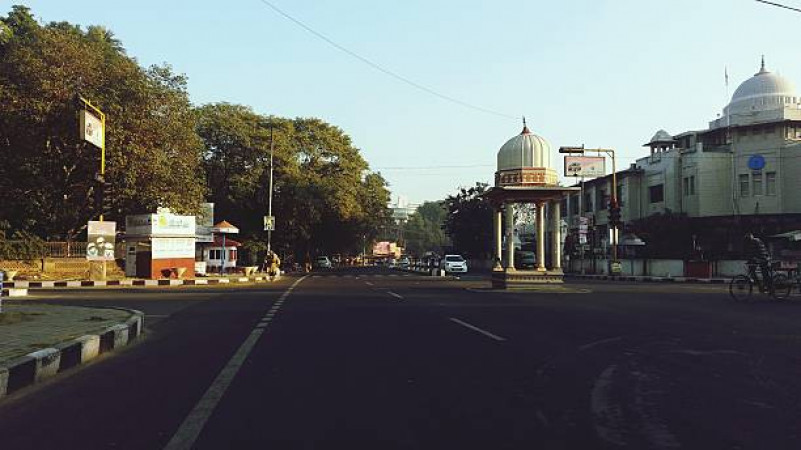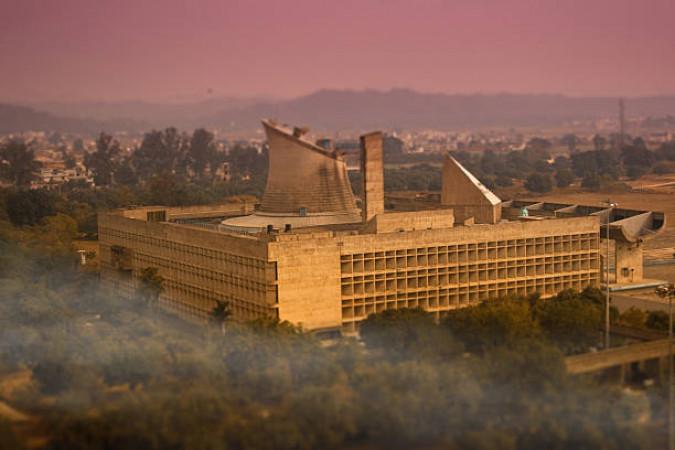Hi User
Navigation
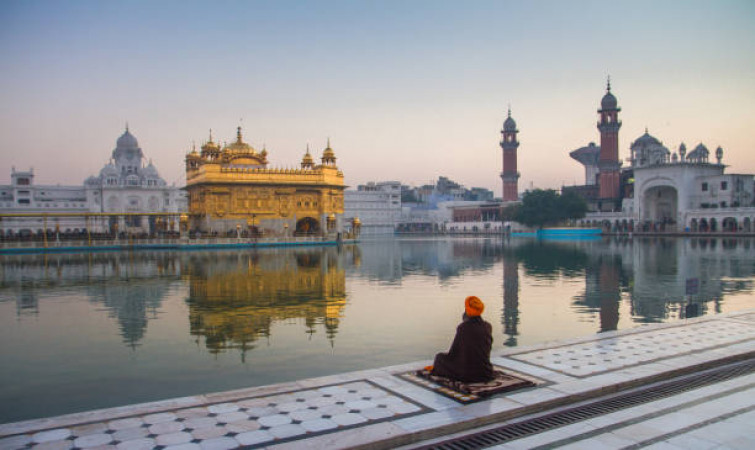
Related Stories of Amritsar
Trending Stories of Amritsar
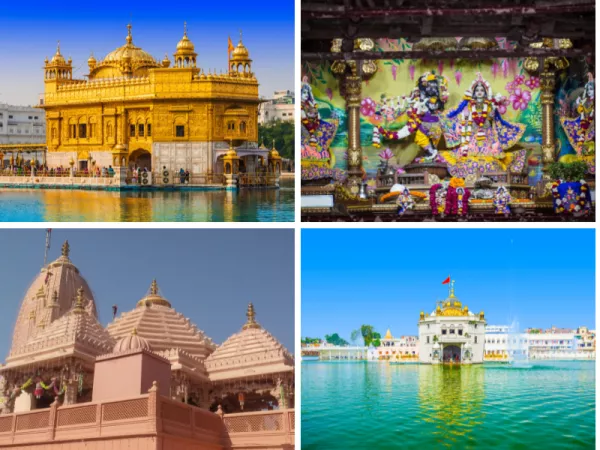
Famous seven must visit temples in Amritsar
Amritsar is a city that exudes a unique charm and beauty. Known for its rich culture, history, and spirituality, it is a place that never fails to captivate and inspire visitors.
One of the city's most famous landmarks is the Golden Temple, a shining example of Sikh architecture and a symbol of unity and peace. Its stunning beauty and serene atmosphere make it a must-visit destination for anyone visiting the city. Apart from the Golden Temple, Amritsar is also home to several other noteworthy temples.
Amritsar, also known as the spiritual capital of Punjab, is home to some of the most magnificent temples in India. Amritsar's famous temples are a testament to the city's rich cultural and spiritual heritage. A visit to these temples is not only a religious experience but also an opportunity to witness the magnificent architecture and artistry that they embody.
All in all, Amritsar is a city that holds a special place in the hearts of many. Its unique blend of history, culture, and spirituality, coupled with its warm and friendly people, make it a city worth experiencing.
Here are the five famous temples of Amritsar that you must visit:
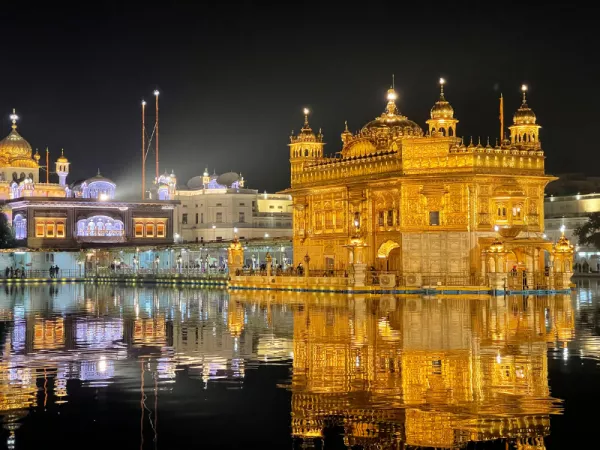
All you need to know about Amritsar Golden temple - a detail information
The Golden Temple, also known as Harmandir Sahib, is a sacred and iconic Sikh shrine located in Amritsar, Punjab, India. It is one of the most visited places in India, attracting millions of visitors every year from all over the world.
The Golden Temple is a symbol of Sikhism and the highest spiritual center for the Sikhs. The temple complex is built around a man-made pool, known as the Sarovar, which is said to have healing properties. The temple itself is covered in gold and is surrounded by four entrances that symbolize openness and inclusivity.
The Golden Temple was founded by Guru Ram Das, the fourth Guru of the Sikhs, in the 16th century. The temple was rebuilt several times due to attacks and natural disasters, with the current structure dating back to the 19th century. The temple complex also includes several other important structures, such as the Akal Takht, which is the highest temporal seat of the Sikh religion, and the Central Sikh Museum, which houses a collection of artifacts and paintings related to Sikh history and culture.
One of the most beautiful aspects of the Golden Temple is the daily ceremony of the Palki Sahib, where the Sikh holy book, the Guru Granth Sahib, is carried in a procession from the Akal Takht to the Golden Temple in the evening, and back in the morning. The ceremony is accompanied by devotional music and singing, creating a truly spiritual atmosphere.
Another unique feature of the Golden Temple is the langar, which is the communal kitchen that serves free food to all visitors.
In conclusion, the Golden Temple is not only a beautiful architectural masterpiece but also a spiritual center that promotes equality, inclusivity, and selfless service. It is a must-visit destination for anyone interested in Sikhism, Indian culture, or spirituality in general.

Top 10 Things to do in Amritsar
One of the beautiful cities in India, Amritsar is that quintessential place that is a worth visiting. Either for the serene atmosphere of the Golden Temple or some of the iconic historical sights, Amritsar is worth visiting. Not only is the place jotted with unique artwork, which is popular all over the world, so is its cuisine. The city is also the cultural and economic centre of the Sikh community in India. Demographically, the place holds an interesting location, it is located in the Majha region of the Punjab, and is adjacent to the border with Pakistan.
Founded in the year 1577 by Guru Ram Das, Amritsar is the home to the Harmandir Sahib, the holiest Gurdwara of the Sikhs. The city was formerly the capital of the Sikh Empire and is now the administrative headquarters of the Amritsar district. The city is also home to the Amritsar International airport. The city was the site of several major battles during the Indian Rebellion of 1857.
Well, you might now be bewitched by the city. The place has many wonders which are definitely worth visiting. To make your life much easier and hassle-free, we have listed some of the must-visit places in Amritsar or the top attractions in Amritsar.
Certified
We accept (more)
Members of
Media Recognition
Trusted Partners
Award
Copyrights © TripClap. All Rights Reserved

